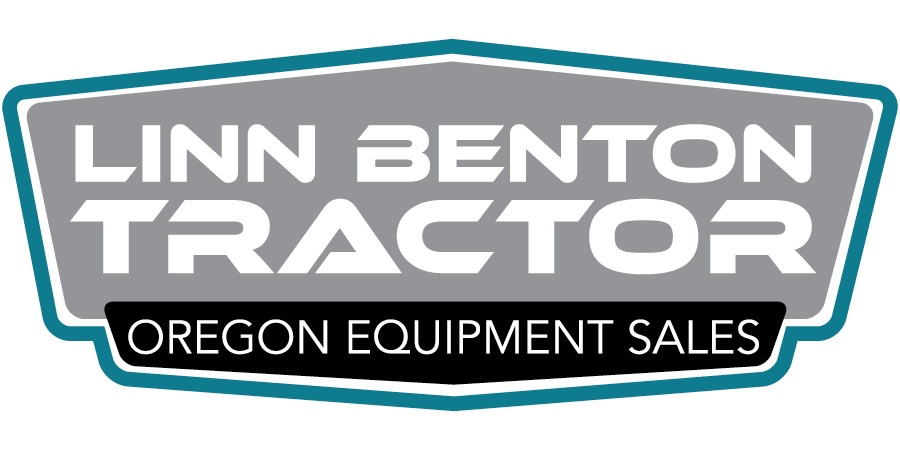However, many not meeting value-based payment goals
Medicaid insurers most likely to use value-based payments; 24% of insurers did not use them in 2022
SALEM, Ore. — While many Oregon insurers are increasingly rewarding health care providers for the quality of care they deliver, only about half of the state’s insurers are meeting the goals of an agreement that calls for adopting more value-based health care payments, Oregon Health Authority (OHA) analysis of insurance payment data indicates. Value-based payments tie the amount that health care providers earn for their services to the results their patients experience, including the quality, equity and cost of care.
“Paying health providers based on care quality is a key tool in improving health care,” said Ali Hassoun, interim director of the health policy and analytics division at OHA. “Focusing on health care quality helps patients receive better care at a more affordable price. I applaud insurers that adopt this innovative approach.”
Historically, health care providers have been compensated for the volume of health care services that they deliver through fee-for-service payments. Alternatively, value-based payments offer financial incentives for improving the quality — and ideally also the affordability and equity — of health care. There are several approaches to making value-based payments, they can broadly all improve health outcomes, reduce expensive emergency room visits, and ultimately save both insurers and patients money.
In 2021, OHA and Oregon Health Leadership Council announced that 40 organizations had agreed to voluntarily follow the Oregon Value-Based Payment Compact. More groups joined later; a total of 63 organizations have signed the compact to date. The document’s signatories represent the state’s major insurers, which cover about two-thirds of Oregonians. The voluntary compact calls for gradual increases in health insurance payments that are made under advanced value-based payment models. For example, it stipulates that the following percentages of insurance payments be advanced and value-based per year: 35% in 2021, 40% in 2022, and 70% by 2025. The most recent available data are for 2022.
The compact is part of broader efforts in Oregon to prevent health care costs from growing faster than wages and the economy. Through its Sustainable Health Care Cost Growth Target Program, OHA aims to limit annual health care spending increases to no more than 3.4% per person.
Payment data analysis described in a recent OHA brief shows that about half of Oregon health insurers met the compact’s interim goal of having 40% of all payments use advanced value-based models in 2022. OHA analysts also found that roughly half of insurers met the state’s cost-growth target goal of keeping spending within a 3.4% increase that same year. About 18% of insurers met both the value-based payment and cost-growth management goals, while about 24% did not use any value-based payment methods in 2022.
Related OHA analysis that was compiled into a report with an interactive, online data dashboard also found Coordinated Care Organizations (CCOs), or insurers that cover Oregonians with Medicaid insurance, were most likely to use value-based payments. In 2022, 60% of CCOs used advanced value-based payment models, followed by 40% of insurers with Medicaid Advantage plans, and 33% of commercial insurers.
The report also notes that CCOs and Medicare Advantage insurers have increased their use of value-based payment models since 2019. During that same timeframe, the use of these models by commercial insurers and the state-managed Public Employees Benefit Board and Oregon Educators Benefit Board fluctuated.
###









